Introduction
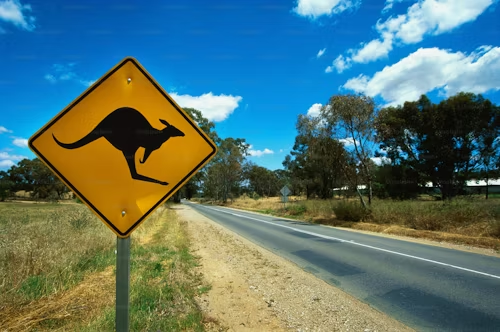
Australia, known for its stunning landscapes, diverse wildlife, and vibrant cities, is a paradise for travelers. Its vast and varied terrain, from coastal roads to outback adventures, makes it an ideal destination for a road trip. The well-maintained highways, scenic routes, and numerous attractions along the way ensure an unforgettable self-drive experience.
Car Rental Tips
Book in Advance
Generally, we recommend that you make your reservation one month in advance so that you could choose the desired vehicle and date.
If you proceed directly to the car rental store without a booking, it is likely that the car you need might be unavailable.
*If you are already a QEEQ diamond member, you only need 1$ to freeze your booking and make the rest of the payment before pick-up, which does not affect your credit card limit.
Required Documents
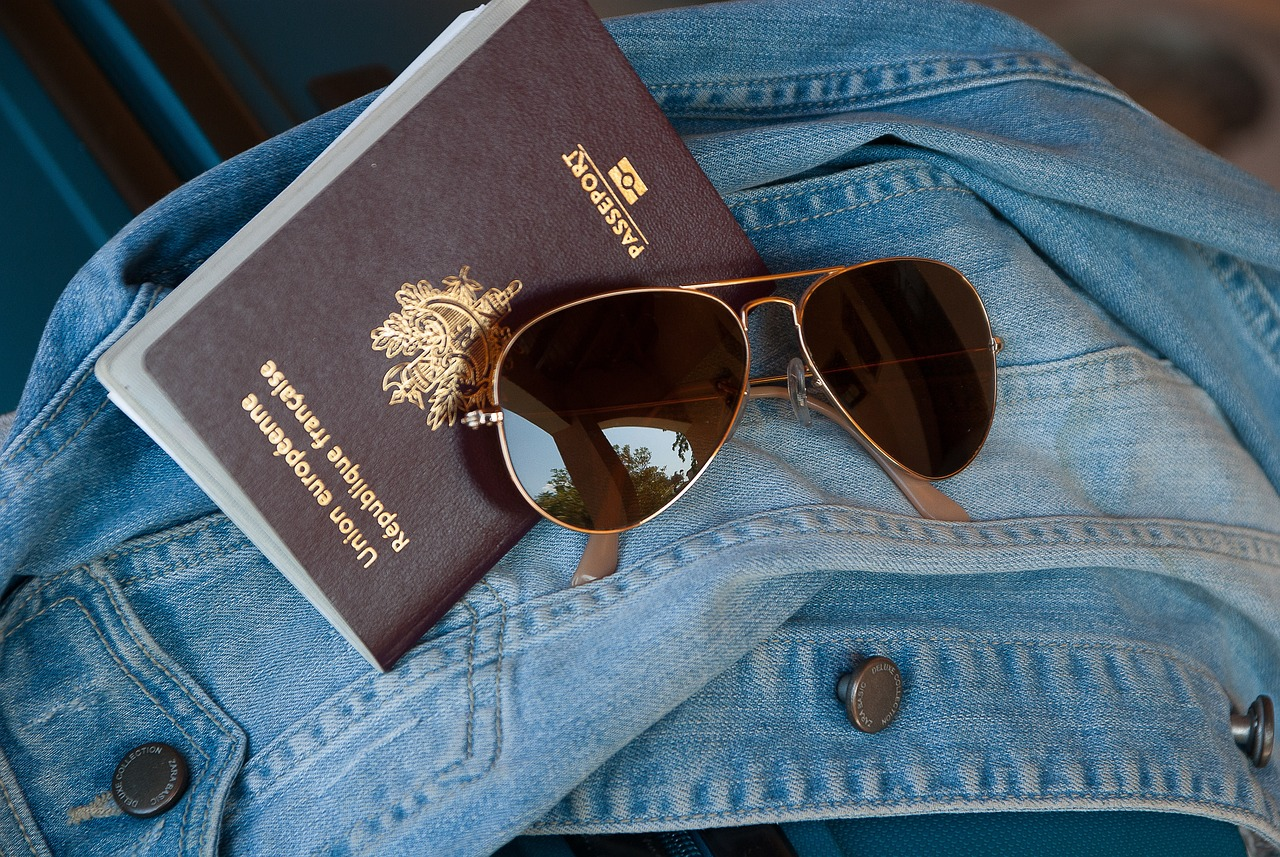
Passport, Driver’s License, IDP(Optimal), Credit Card
International Driving Permit (IDP) is highly recommended, which allows you to drive legally in countries that need one.
If it is inconvenient for you to apply an IDP, generate a free driver’s license translation on QEEQ.com (Only available on Japanese site).
Car Choices
The choice of your car depend largely on the duration of your trip, passenger number, luggage amount and road conditions.
City Driving for small groups (1-3 passengers)
If you are a couple, or travel with a friend or two, or if you travel alone, a reasonably priced small car would be a good choice.
Compact size cars have 4 to 5 seats. We recommend sparing one passenger capacity so you could relax and have more space.
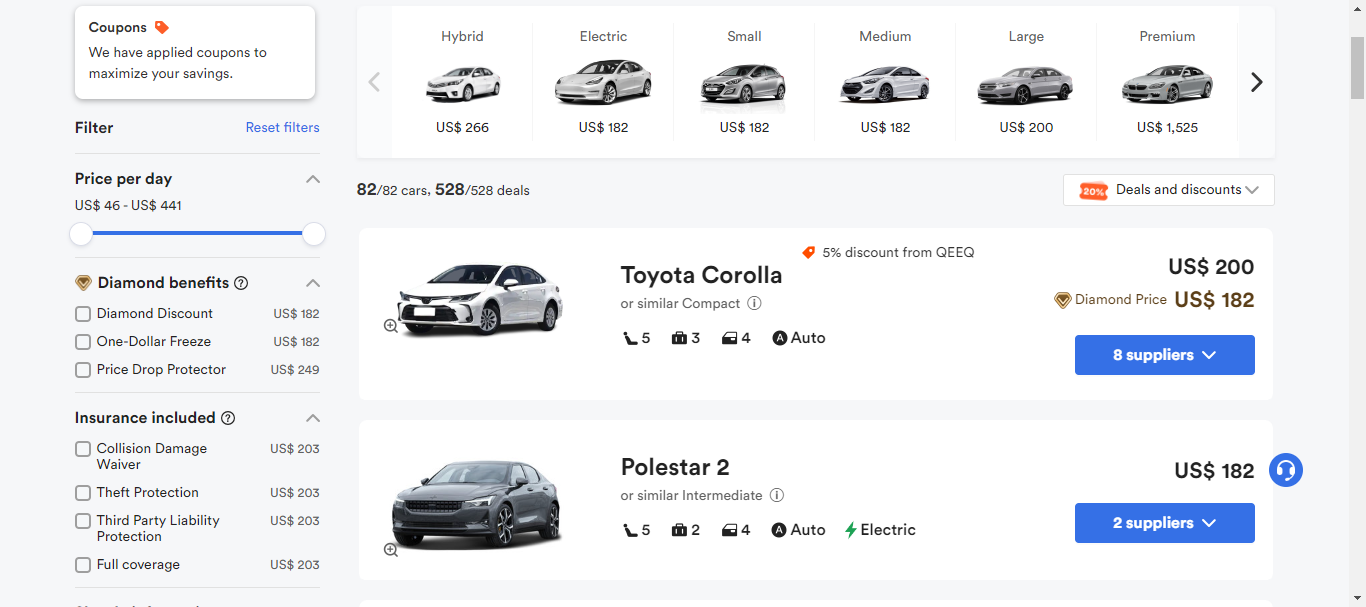
4 to 5 passengers including children and elderly
Medium and large size cars are recommended. These models could still possess a fair mount of space with 2 to 3 suitcases. SUVs are suitable for hybrid road conditions. Eco-friendly cars such as the Prius could save your spend on gasoline. Choose what you need giving you peace of mind on long trips.
Traveling in a group of 6 or more
It would be a wonderful experience to choose a van for everyone to have his or her own seat. These models accommodate a passenger capacity from 7 to 12 people. While it is noticeable that large cars cannot make quick and sharp turns. So we recommend renting two small or medium-sized cars if you spend a lot of time driving through towns.
Online Booking Process

We are endeavoring to make your booking as convenient as possible. Enter our website QEEQ.com, log in, enter the required information, and follow the instructions, you are free to rent your desired car.
Insurance
What Insurances Are Available?
*For Autopilot Cars:
(1)Insured: Protection for the person renting the car, including passenger accident insurance and personal accident insurance (PAI). This includes the personal safety of the driver, passengers, and their personal belongings.
(2) Automobile Insurance: protection for the vehicle of the renter. Collision Damage Waiver (CDW) is one example.
(3)Third-party Insurance: insurance that protects third parties other than the renter and the car rental company. Basic Third Party Liability (BTL) insurance, etc.
International car rental booking will include the basic insurance required for car rentals: Vehicle Damage Coverage, Theft Protection, and Third Party Liability Insurance.
The deductible is the maximum amount of money you’re liable for in the event your rental car is damaged or stolen as long as you follow the conditions of your rental agreement. For example, the deductible is 1000 dollars, if the damage to the rented car is less than 1000 dollars, the customer pays; if the damage is more than 1000 dollars, the customer pays up to 1000 dollars; and the store’s insurance company pays for the part exceeding 1000 dollars.
Many travelers want more comprehensive coverage and purchase additional insurance. Personnel, vehicle and third-party coverage varies by insurance type. Here are some examples of common types of insurance (note: more checks means more coverage):
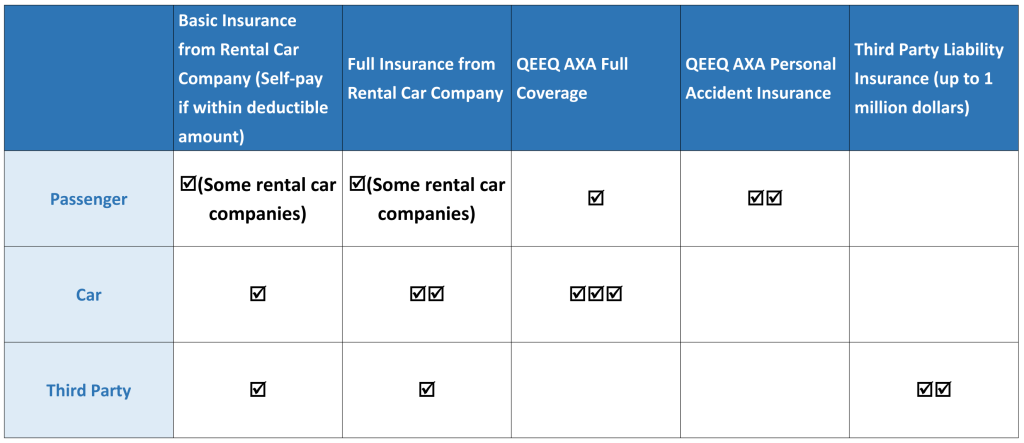
When and How to Purchase Insurance
There are two ways to obtain insurance: one is to purchase insurance when booking the car online; the other is to purchase insurance at the local store where the car is rented when picking up the car.
Generally, insurances provided by rental car companies usually has narrower coverage, higher premiums, so purchasing insurance online when booking the car is highly recommended.
How to Choose Insurance
If you are traveling with limited budget, it is better to choose the kind of insurance policy with the most comprehensive coverage. The main reasons are:
Firstly, repairing fee for the car would probably be higher abroad.
Secondly, in case of an accident, the medical cost and compensation are very high.
Thirdly, the wider the coverage, the less the troubles you would deal with, which saves tons of time and energy.
Taking automobile insurance as an instance, comparing to common insurance policies, the most comprehensive insurance coverage, including glasses, tires, chassis protection, and considerations for special road conditions such as sand and rocks, is very necessary, but basic insurance of car rental companies usually does not include full coverage as such.
Picking Up the Car
Check Before Departure
Before proceeding to the car rental shop, make sure you have brought with you all necessary documents for picking up the vehicle, and two international credit cards is recommended to ensure that there is enough credit limit for pre-authorization.
Proceed to the Car Rentals
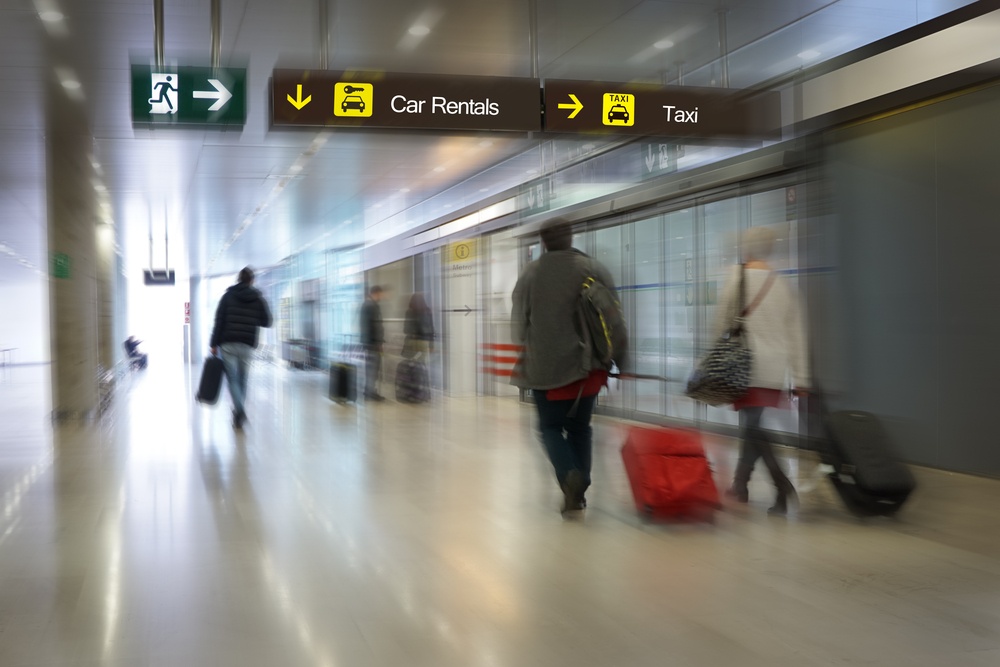
If there is a pickup store nearby, you could just walk there, following signs for airport rental cars.
If the rental car center is far away, there is usually a free shuttle bus bound for the rental car center. Shuttle buses run every 10 minutes approximately, so take the bus when you see the logo of your car rental company.
If the shuttle is not available, you can contact the car rental company and wait for staff member to pick you up at designated location. In case you have difficulty communicating with the store staff, please call QEEQ and we will assist you in English or other languages.
Inspect the Car

When you receive your reserved vehicle, inspect the bodywork for damage. At that time, it’s a good idea to document the entire process with your smartphone camera or take a picture of the dashboard. Because if you forgot to check the condition of your vehicle before departure, you may be charged for wronged damage repairs when you return it.
Payment
Payment is due on the day of the rental unless you are paying online or purchasing a tour package.
Insurance is usually included in the rental price, but some car rental companies offer paid options for more comprehensive coverage.
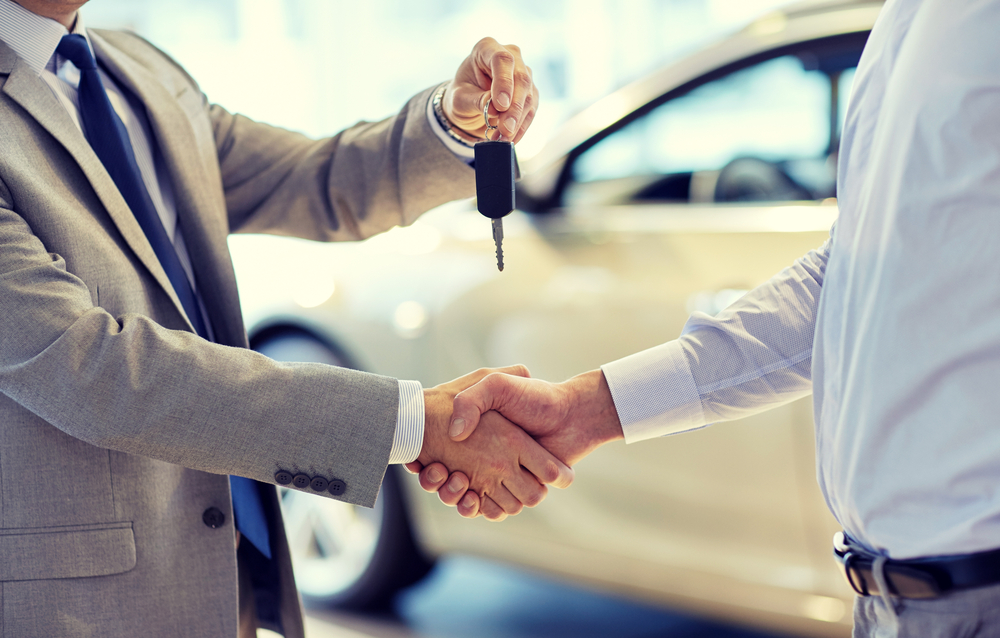
Last but not least, keep all contracts and documents safe for possible further usage. Once you have received your keys, check the seat heights, mirror positions, secure child seats, and then you are ready to go!
Traffic Rules and Signs
Stop Sign
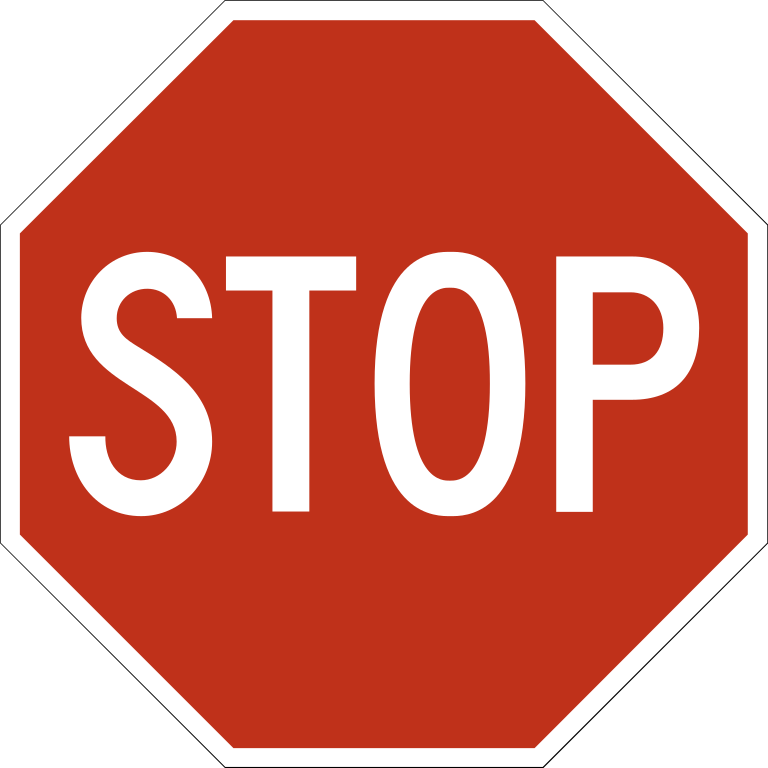
When there is a STOP sign, all vehicles must stop for 3 seconds to ensure safe passage, even if there are no pedestrians or vehicles in the roadway.
If there are STOP signs on all four sides of an intersection, stop and restart in the order of which you arrived at the intersection. The STOP sign is for one to stop, it is strictly prohibited to follow the vehicle in front of you to stop and then proceed to overtake it.
Give Way
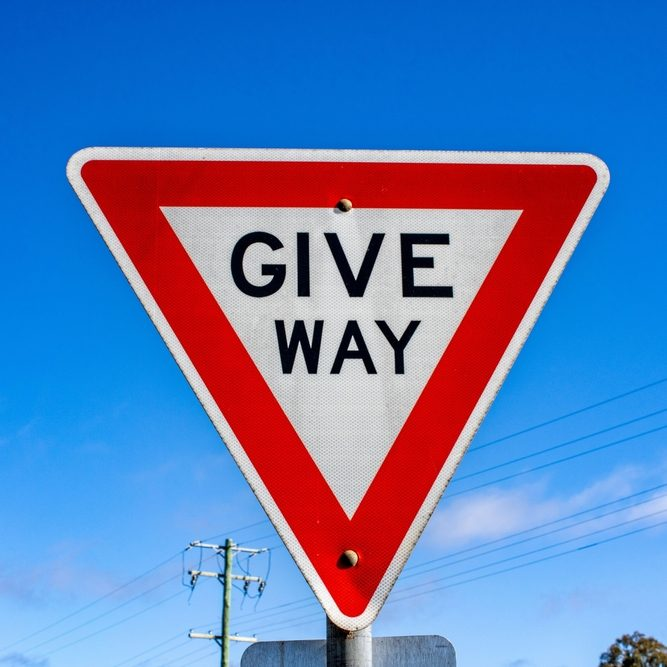
Give way signs are often installed at intersections where a side road meets a main road to notice you to slow down or stop, giving priority to other vehicles and pedestrians, and make sure it’s safe to pass.
If there is a pedestrian in front of you, you must come to a complete stop. Also, do not forget to give way to traffic going straight when making right turn, and give way to crossing or right-turning traffic at a T-junction or traffic island.
Traffic Island
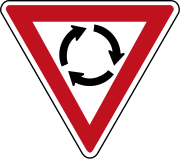
There are a number of traffic islands throughout Australia. It is important to follow the right-hand principle when entering a traffic circle and drive in the direction of the arrow.
Vehicles in traffic islands should be avoided as they have priority.
Please note that you may not merge into a traffic island or park at a traffic circle.
Speed Limit
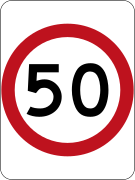
In Australia, if there are no signs, the default speed limits are: 50 km/h in all urban areas – 100 km/h on highways – 110 km/h on local roads.
Mind Kangaroos and Livestock
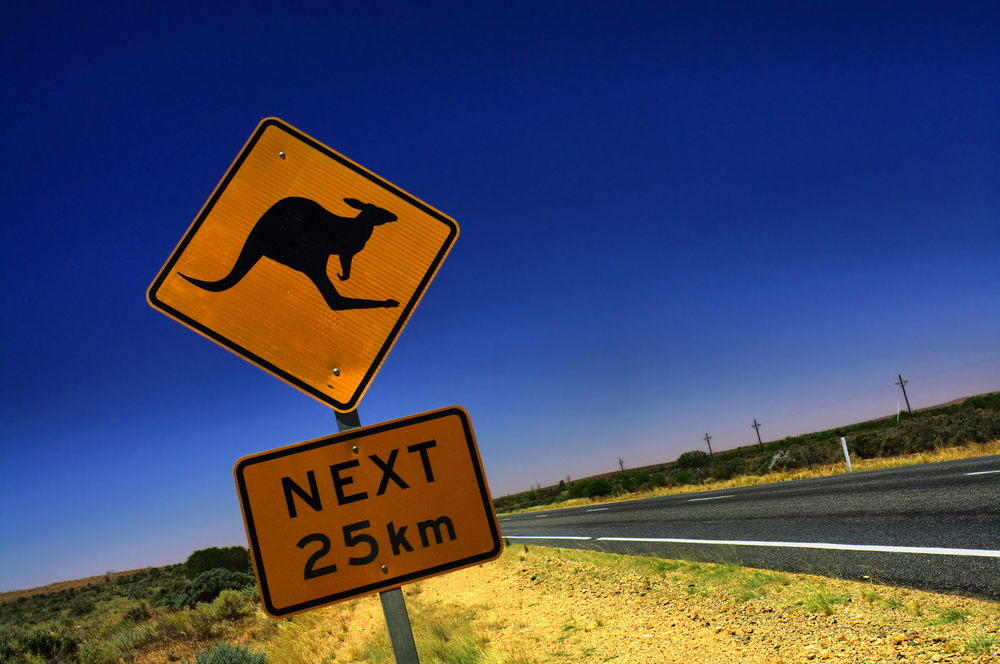
In Australia, grazing livestock such as sheep and cattle, as well as kangaroos, may cross the road.
If you accidentally hit one, it could damage your car or cause injury.
Especially at night, kangaroos might jump in the glare of your headlights, so be cautious.
If you see signs warning you to watch out for animals, please be careful not to speed up and pay attention to the road ahead.
Drive on the Left Side
Vehicles in Australia drive on the left side of the road. Just spend half of your cautious day driving on the left, you would soon be accustomed with it.
Child Seat
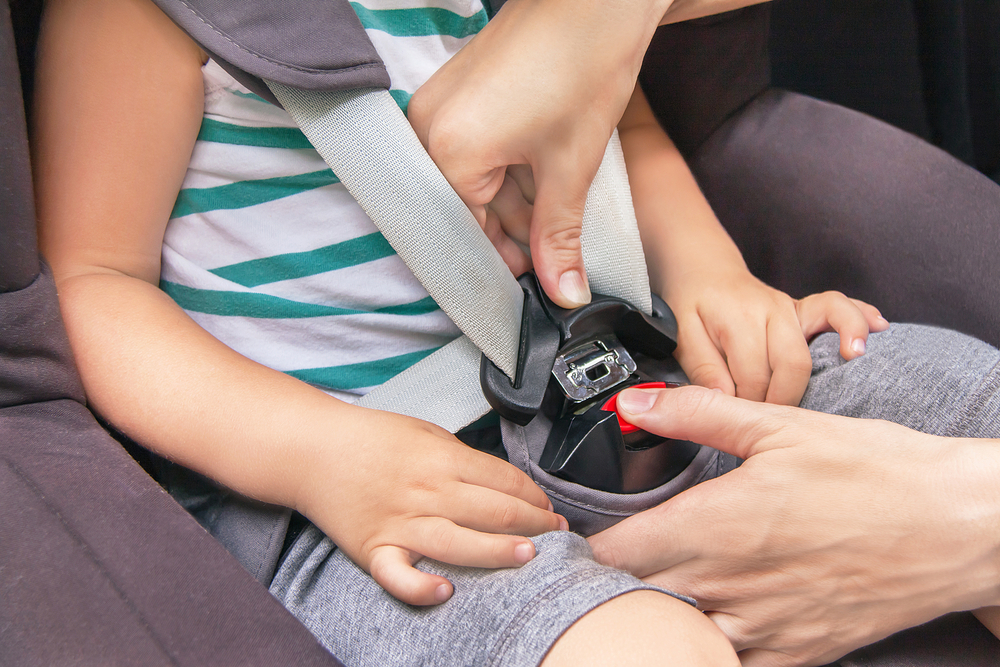
Children under 7 years old must use a child safety seat and sit in the back, 4 to 7 year-old could use a booster cushion attached to a child seat.
One Way Road
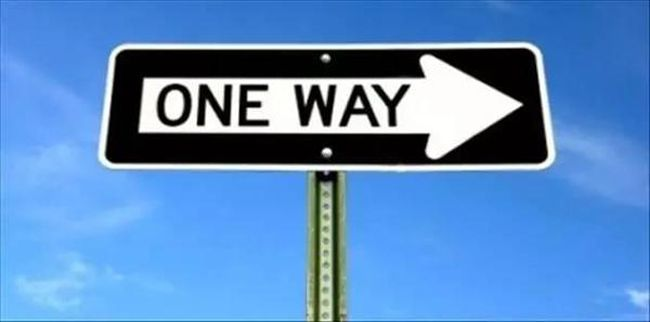
Most major cities in Australia are possessed with narrow urban roads and many of them are one-way streets. So it is recommended to learn the road conditions before entering the city, and check the two-way or one-way signs.
Highway Regulations
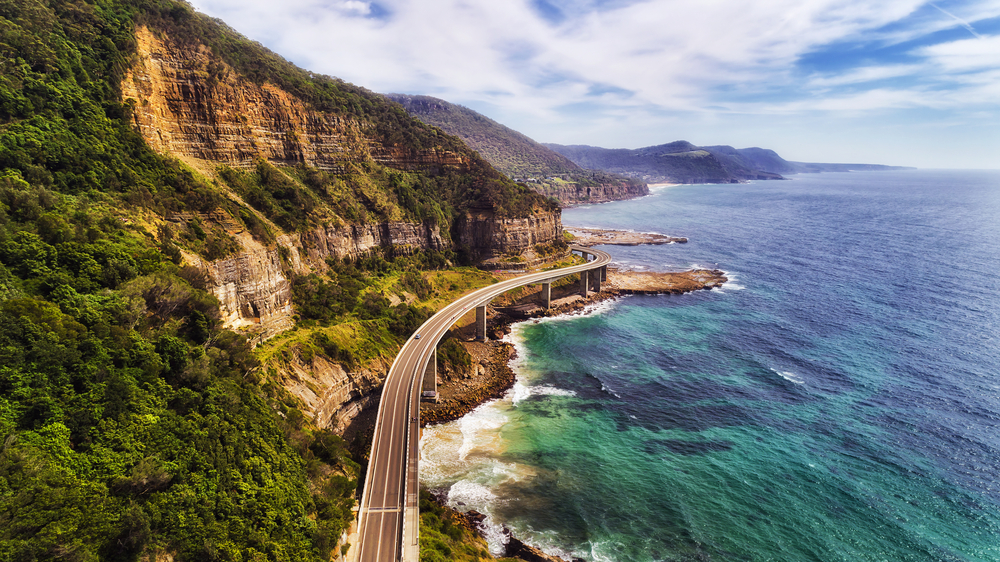
Freeways and Toll Roads

Most highways in Australia are free, but some highways are tolled. The entrances to tolled highways are marked with the word “TOLL.” The toll is not charged based on the distance traveled but on the sections and number of the tolled roads used. Each toll area has a fixed fee. The toll for light vehicles and commercial vehicles is not very expensive, ranging from 1 to 5 AUD per section.
Things Need to Be Mindful on Toll Roads
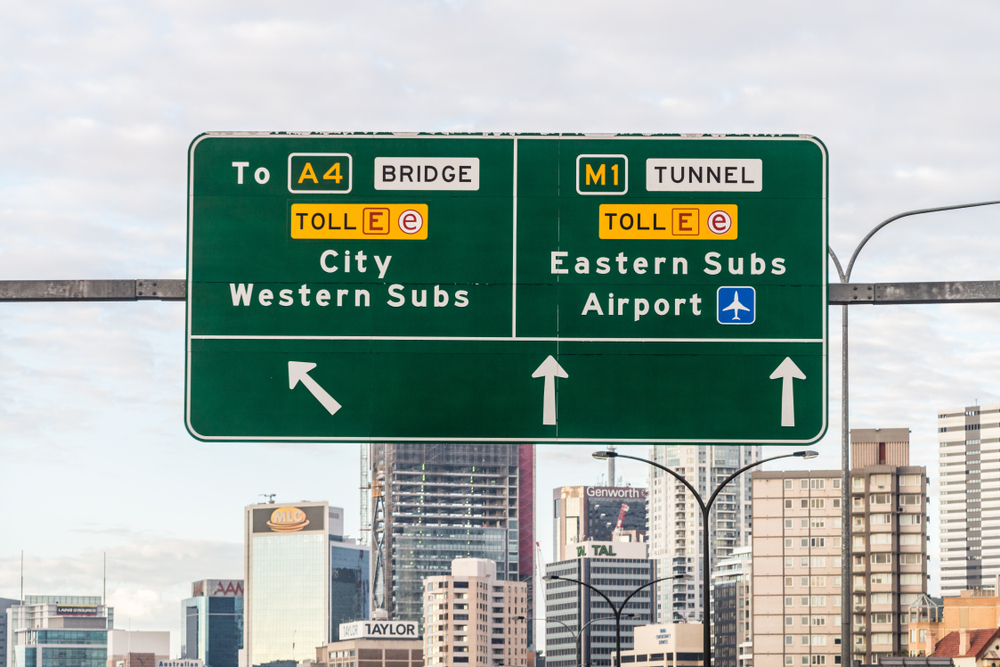
There are no toll booths on the toll road, all of them electronically monitored. Vehicles equipped with electronic payment systems are automatically detected passing through the toll booths and are directly debited.
When renting a car, we recommend that you rent an “E-Tag”, an automated toll collection device.This allows you to pay the toll through your authorized credit card directly as you passing through the toll road, only with a portion as service fee.
If you do not have an electronic payment terminal, you must pay your tolls within 3 days via the Internet, telephone or at a designated location, and you will not be penalized for late payment.
https://www.linkt.com.au/pay-for-tolls/sydney
https://www.linkt.com.au/pay-for-tolls/melbourne
https://www.linkt.com.au/pay-for-tolls/brisbane
Refueling and Parking
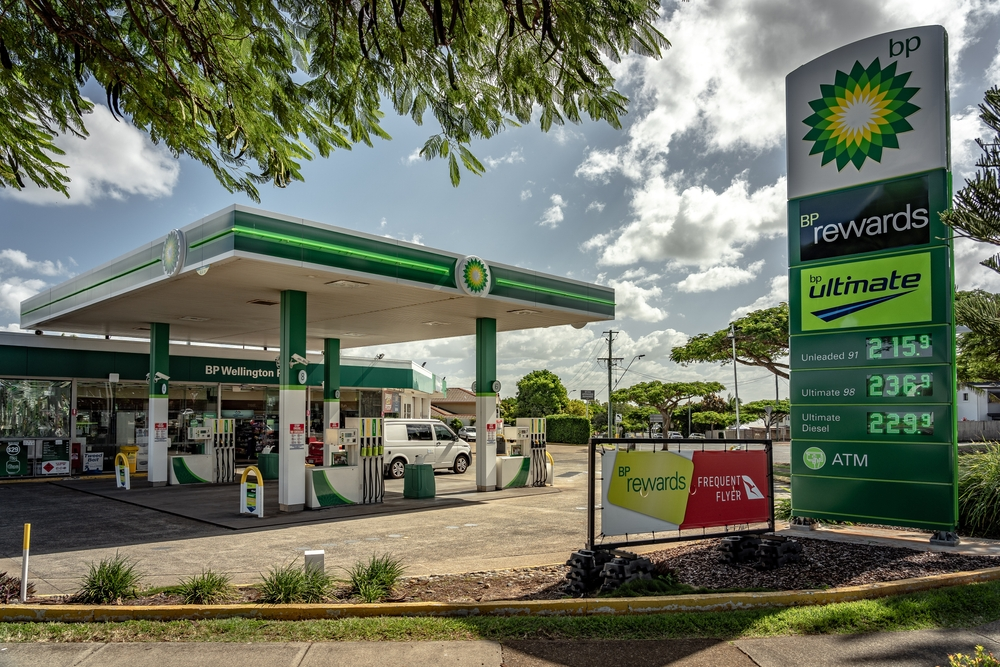
Refueling
- Types of Gasoline
In Australia, there are 3 types of gas for vehicles: Unleaded, Diesel, and Autogas (LPG). For self driving customers, we basically use unleaded gas.
Unleaded is categorized as 91, 95, or 98 based on octane content, and the recommended grade varies depending on the vehicle.
When refueling in Australia, you can add the specified oil to your car or follow your vehicle’s instructions. If you are unsure about which grade of oil to use, ask the clerk when you pick up your vehicle.
If you add the wrong oil, contact your dealer immediately to have the tank and oil system cleaned and repaired, and then thoroughly inspect the engine.
- Self Service Refueling
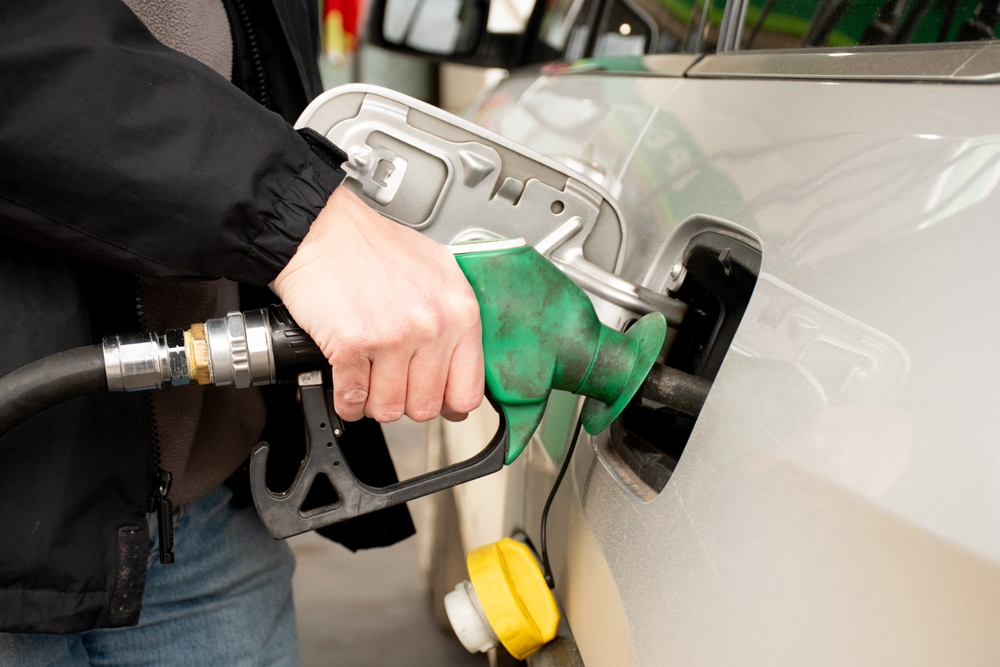
Firstly, input the volume or sum of your intended amount before taking the nozzle. If you do not have a designated volume or sum, skip this part.
Second, take the nozzle and start refueling. Be mindful that gas stations in Australia do not possess static electricity elimination equipment, so turn off your cell in advance.
Last, when you have filled your tank, proceed to the store and pay the bill.
Parking Regulations
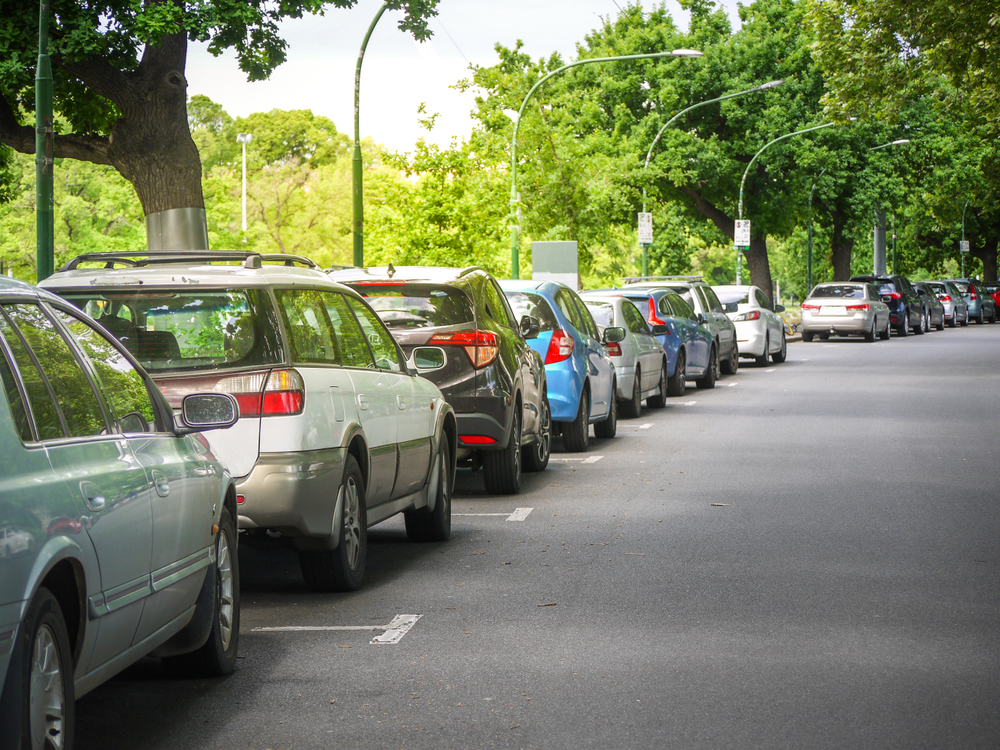
- Public Parking Lot
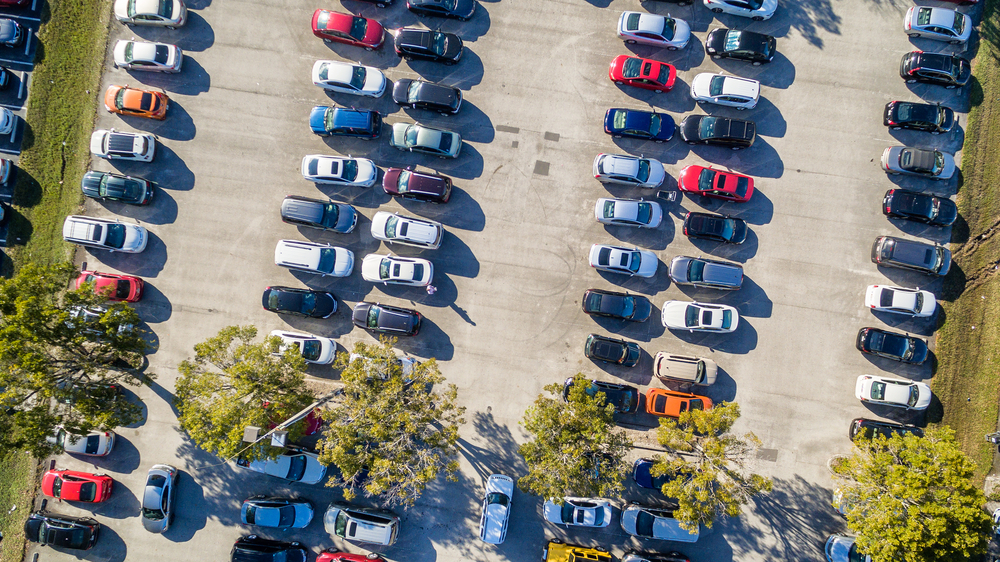
Shopping centers and supermarkets usually have free public parking areas around. Paid parking is usually available at scenic spots and downtown areas. Free parking is available in places such as Blue Mountains National Park and Victoria’s Great Ocean Road.
- Road Side Parking
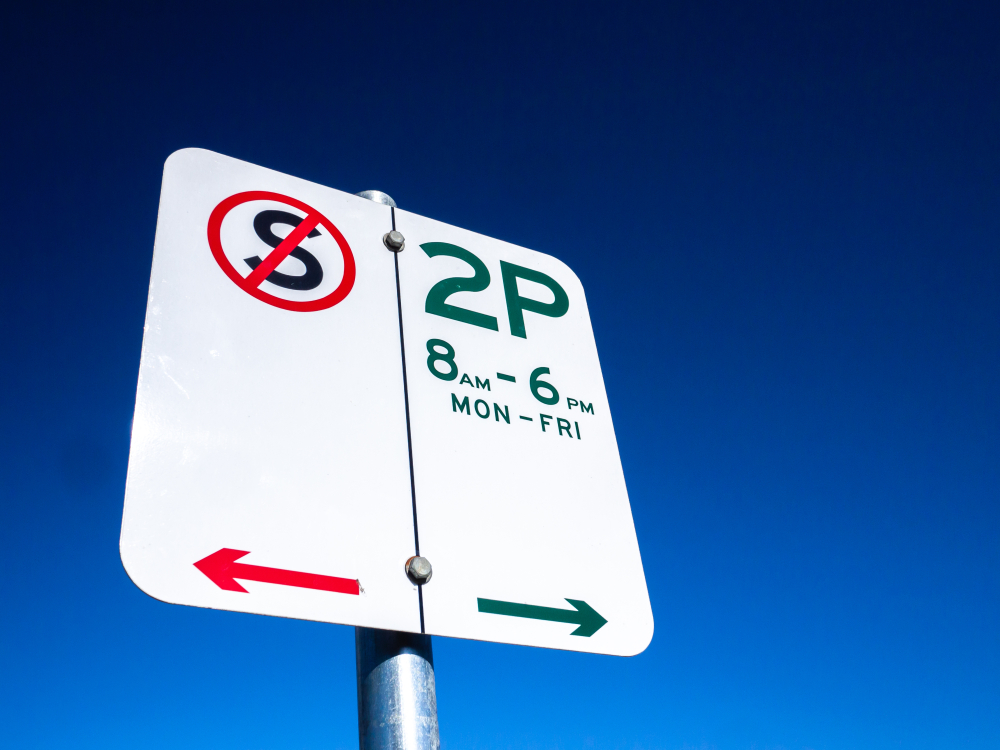
Some free road side parking spaces in Australia generally have time limits displayed on signs. Parking signs usually include information such as hours, minutes, parking restrictions, dates and direction arrows.
For example, the sign on the right side of the picture on the left indicates “2-hour parking limit, Monday through Friday, 8:00 a.m. to 6:00 p.m.”.
- Paid Parking
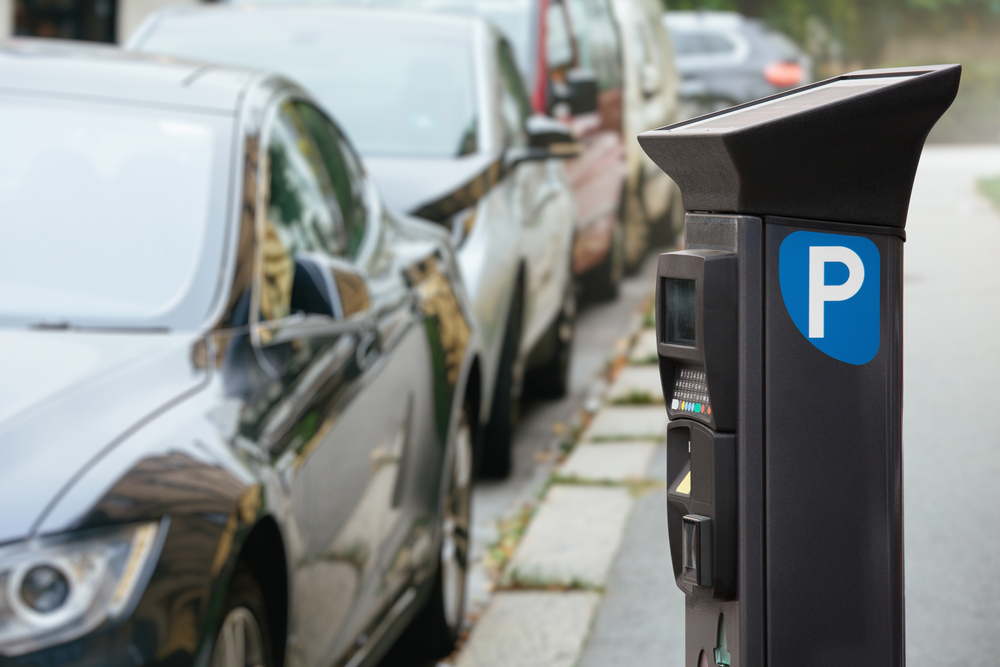
Metering parking signs in Australia look similar to free signs, except the word “Meter”, which indicates that there is a parking meter nearby that can be paid with a credit card or cash.
Some parking spaces are equipped with sensors that automatically notify nearby managers of overtime or unpaid parking.
- Parking Restricted Spaces
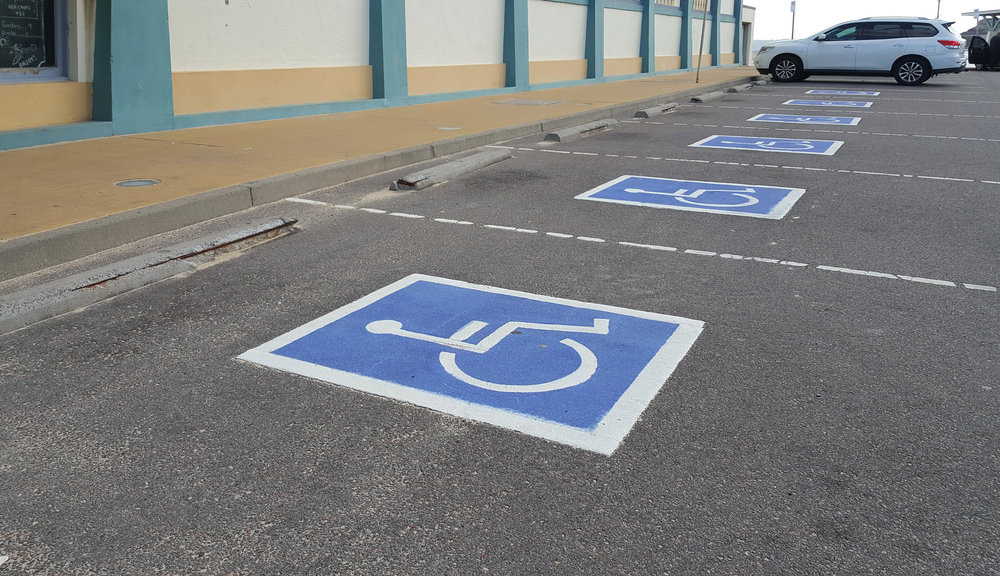
No parking in parking spaces for the disabled, at building entrances and exits, next to fire hydrants, bus stops, etc.
Accident Handling
If you are involved in a traffic accident, do not panic. Check whether the passengers are injured, help yourself and seek help from passersby. Emergency contacts are available at any time.
Police, Fire, Ambulance: 000
Embassy Numbers by Country:
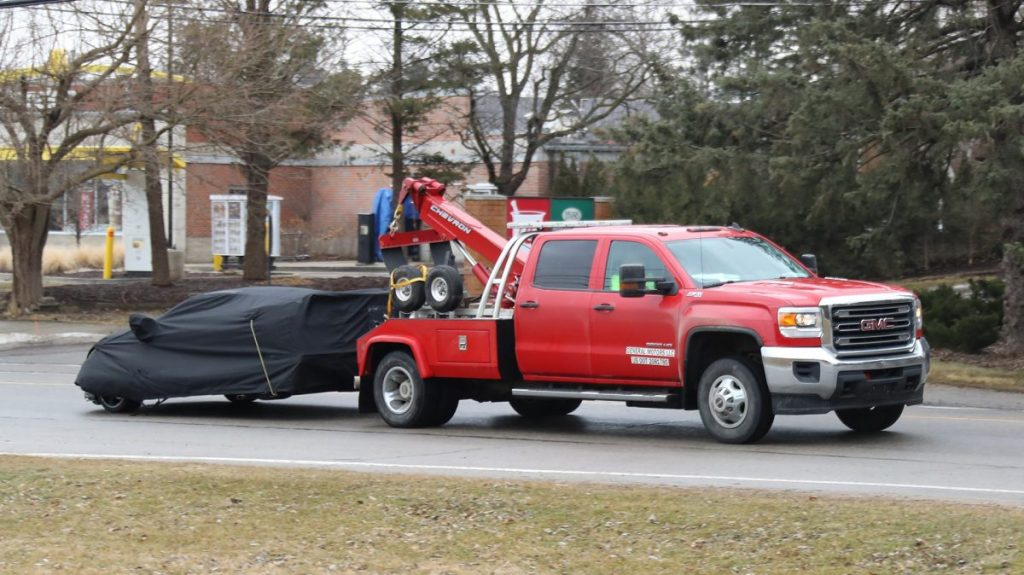
Scratch
Ensure the safety of personnel→Move the vehicle to the side of the road without obstructing the traffic→Call 000 →Take photos or videos of the condition of the vehicle →Register the accident by police and keep a proper record of the accident→Contact the rental car company and insurance company.
Theft
Call 000 → Police take notes → Insurance report → Verify information → Payment
Malfunction
Call the rental car company → They will send someone nearby to tow your car or change a tire.
If the rental car company is unable to help you, contact a towing service with the help of the police. Car repairs are very expensive sometimes, so it is important to have insurance.
Roadside Assistance
When renting a car and driving in Australia, if a traffic accident occurs, in addition to calling 000, you can also contact the following emergency contact numbers:
Cellphone Roadside Assistance Numbers:
NRMA Roadside Assistance: 13 11 22
RAA Roadside Assistance: 13 11 11
Allianz Roadside Assistance: 1800 010 536
Shannons Roadside Assist: 1800 325 104
You can also call your car rental company:
AVIS: 1-800-352-7900
SIXT: 1 (888) 749 8227
Budget: 800-218-7992
Thrifty: 1-800-283-0898
Hertz: 1-800-654-5060
ACE: (877) 822-3872
Dollar: 800-235-9393
Yesaway: 1 424-800-4990
Returning the Rental Car
To return the car, just drive back to the rental car company, but pay attention to the following things:
Refuel Before Returning
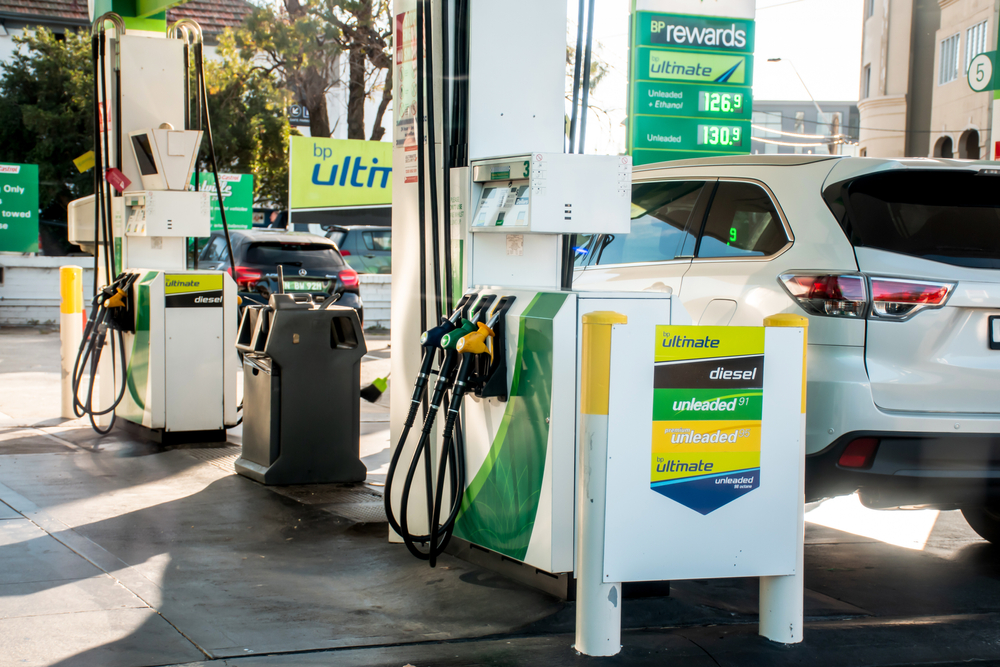
Usually, the basic rule for returning a car is to refuel the gas before returning it to the rental car company.
Even if the time is up, and there may not be a convenient gas station, it’s okay to drive for a while (about 5 kilometers or so) after refueling.
If you try to return the car after the due time without refueling, or if you drive a excessive long distance after refueling, we will calculate the remaining time and charge you an additional fee.
Inspect the Car
When you arrive, we will have a representative inspect your vehicle for damage. If it had any damage, additional payment would be made.
Reconcile the Fee
When you return the car, the staff will check and record the vehicle and print the settlement list on site. Please check the list carefully, and if you have any unknown charges, you can raise them in person or call customer service to solve the problem.
Keep the Contract and Document
After returning the car, it is recommended to keep the contract and receipts in a safe place in case of needs.
Help after Trip
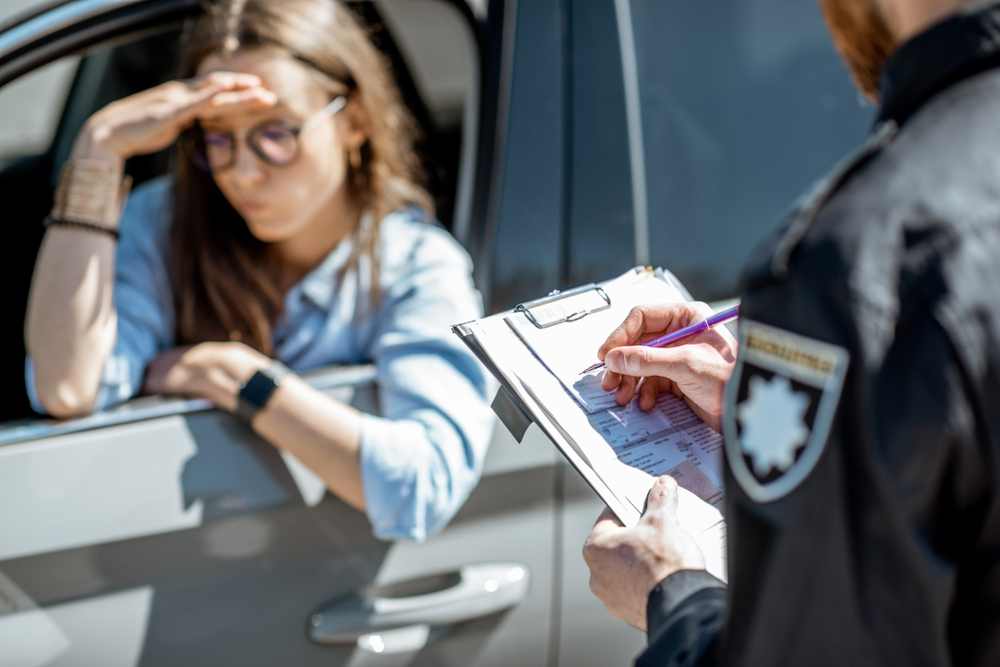
Traffic Citation
How to Pay Fine Ticket:
- Online payment is the most convenient. There is a payment web site attached on the ticket, follow the instructions to enter the ticket serial number and then add your credit card information to pay the fine. Please mind the due date, otherwise you would pay a late fee.
- If you could not pay right away, tell the rental company when you return the car, and the company could charge your credit card directly, although there is usually a commission.
- If there are no violations during the rental period, the deposit will be automatically unfrozen and refunded to the main driver’s credit card within 1 month.
Insurance Claim
If you bought a full coverage insurance, you would receive a fast claim settlement. The following documents should be prepared:
- Passport
- Driver’s License
- Credit Card Checkback History
- The Car Rental Contract
- Car Damage Deduction Bill
For more detailed information, check the terms and conditions of insurance company:
https://www.qeeq.com/term?info=axa_policy&browser_open=1
Unknown Charges after Trip
If you received an unexpected deduction when you return to your home country, it might be that your violation fee is paid by the car rental company, but usually the deduction amount will be more expensive than the violation fee because that includes the management fee charged by the car rental company. If you don’t know what the violation was, you can contact our customer service for help.
Classic Routes
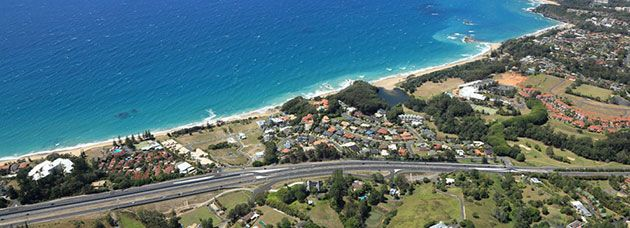
Eastern Australia
- Great Ocean Road
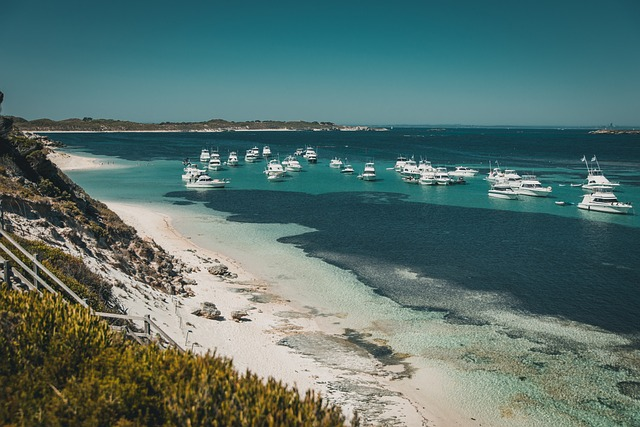
The Great Ocean Road starts from Torquay and ends at Allansford, covering a distance of approximately 243 kilometers. This iconic route takes about 1-2 days to complete and is renowned for its stunning coastal scenery, including the famous Twelve Apostles, beautiful beaches, and lush rainforests.
- Pacific Coast Way
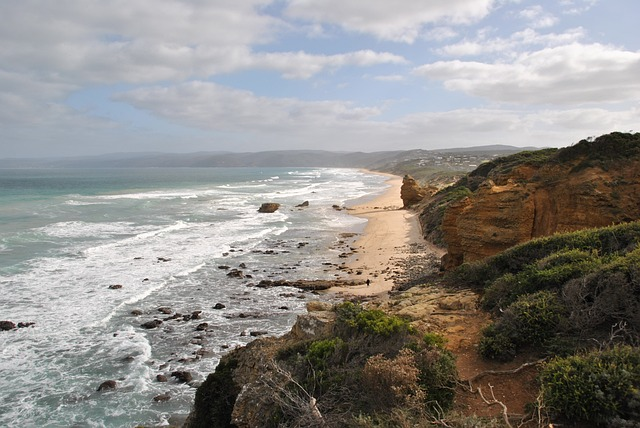
The Pacific Coast route stretches from Sydney to Brisbane, covering around 900 kilometers. This scenic drive takes about 7-10 days and offers a mix of vibrant cities, pristine beaches, and charming coastal towns. Highlights include the Hunter Valley wine region, Byron Bay, and the Gold Coast.
- 9-Day Sydney to Melbourne Coastal Drive

The 9-day Sydney to Melbourne coastal drive is a scenic journey that takes you from the bustling city of Sydney to the vibrant cultural hub of Melbourne. This route covers approximately 1,000 kilometers and offers stunning coastal views, charming seaside towns, and beautiful national parks. Key stops along the way include Jervis Bay, known for its white sandy beaches and crystal-clear waters; the historic town of Eden; and Wilsons Promontory National Park, where you can enjoy hiking and wildlife spotting. The drive typically takes around 9 days, allowing you to fully explore and appreciate the diverse landscapes and attractions along the southeastern coast of Australia.
Central Australia
- Red Center Way
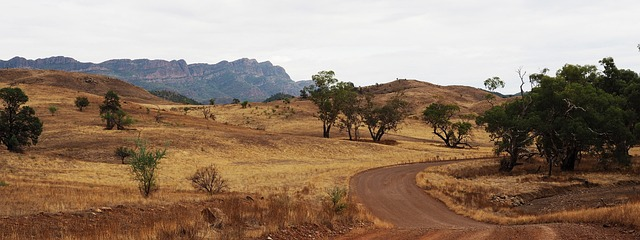
Embark on a 7-day road trip from Alice Springs to Uluru, traversing the heart of Australia’s Red Centre. This iconic journey covers approximately 450 kilometers and takes you through the stunning landscapes of the Outback. Highlights include exploring the ancient rock formations of the MacDonnell Ranges, visiting the historic town of Hermannsburg, and experiencing the cultural significance of Kings Canyon. The trip culminates at the majestic Uluru, where you can witness breathtaking sunrises and sunsets over the sacred monolith. This route offers a deep dive into Australia’s indigenous culture and natural wonders.
- The Explorer’s Way

This 14-day adventure takes you down the centre of Australia, from Darwin to Adelaide. Along the way, you’ll explore striking landscapes from wetlands to deserts, as well as outback towns, world-class wineries, and beautiful beaches. This journey offers a unique blend of natural beauty, cultural experiences, and culinary delights, making it an unforgettable road trip through the heart of Australia.
Western Australia
- The Gibb River Road
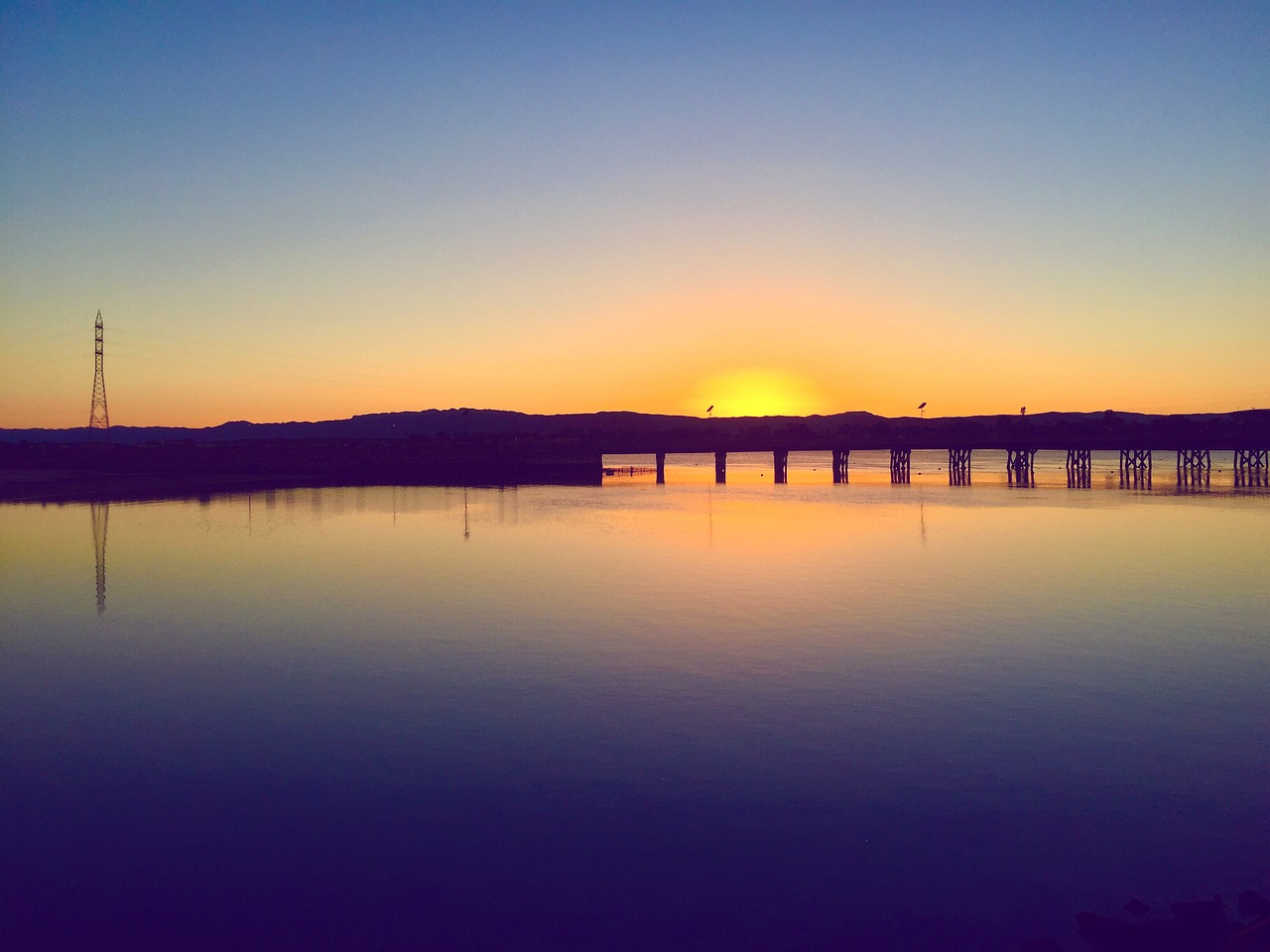
Embark on an epic 660-kilometre journey through the heart of the Kimberley region in Western Australia. Starting from Broome and ending in Kununurra, this 7 to 14-day adventure takes you through rugged landscapes, ancient gorges, and stunning waterfalls. The Gibb River Road is renowned for its off-the-beaten-path experience, offering travelers a chance to explore remote outback stations, swim in crystal-clear waterholes, and witness breathtaking sunsets. This route is perfect for those seeking an authentic Australian outback experience, with plenty of opportunities for camping and connecting with nature.
- The South West Edge
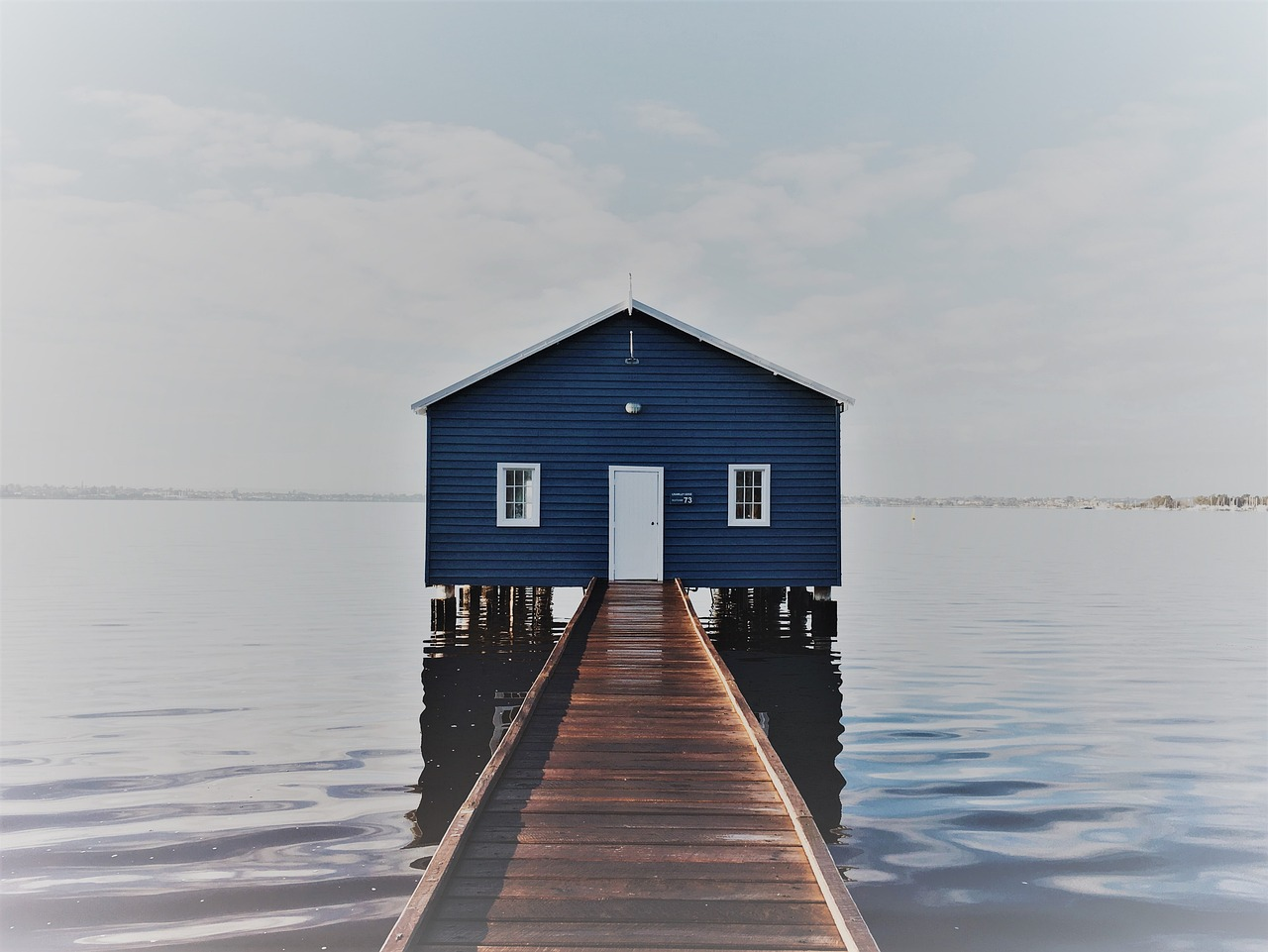
This 14-day road trip takes you through the breathtaking landscapes of Australia’s south-west corner, starting and ending in Perth. The journey covers diverse attractions including pristine beaches, ancient forests, world-renowned wineries, and charming coastal towns. Highlights include the stunning Margaret River region, the towering karri trees of Pemberton, and the rugged beauty of Albany. This route offers a perfect blend of natural beauty, gourmet experiences, and cultural insights, making it an unforgettable adventure.
- 10 days along the Coral Coast
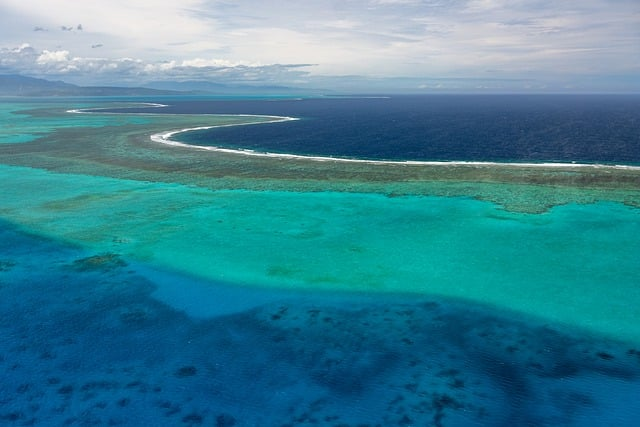
This 10-day road trip takes you from Perth to Exmouth along Australia’s stunning Coral Coast. You’ll explore pristine beaches, vibrant coral reefs, and unique marine life. Highlights include the Pinnacles Desert, Kalbarri National Park, Shark Bay, and Ningaloo Reef. This route offers a mix of adventure and relaxation, perfect for nature lovers and beach enthusiasts.
Northern Australia
- The Savannah Way
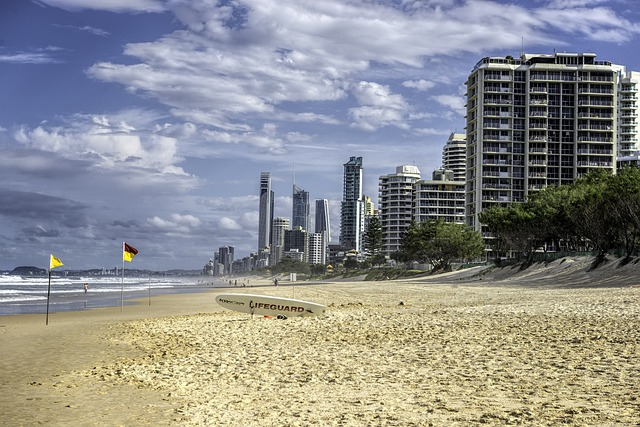
The northern regions of Australia are rich with natural wonders, so a road trip that links Cairns in Queensland with Broome in Western Australia is sure to be an epic adventure. You’ll pass through diverse landscapes – from rainforests to mountain ranges – and each day will bring new experiences. You won’t soon forget having a secret fishing spot to yourself and diving into an outback waterhole.
- Nature’s Way
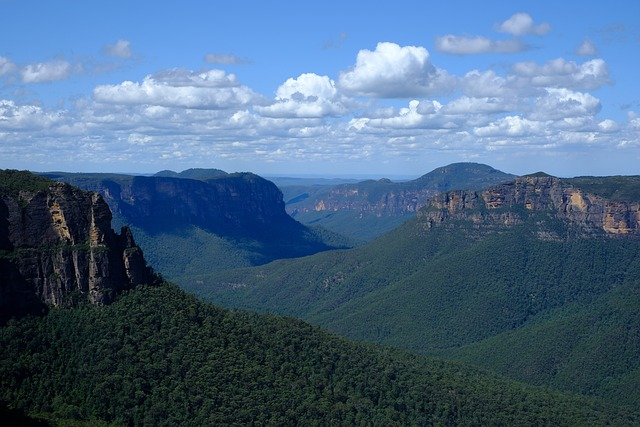
Rich in both culture and rugged nature, the Nature’s Way road trip in the Northern Territory takes in some of Australia’s most beautiful national parks. Begin in Darwin before exploring Kakadu National Park—home to pounding waterfalls and ancient Aboriginal rock art—and Litchfield National Park, where fern-lined swimming holes and bizarre termite mounds await. There’s a new memory around every turn.
Useful Websites and Numbers
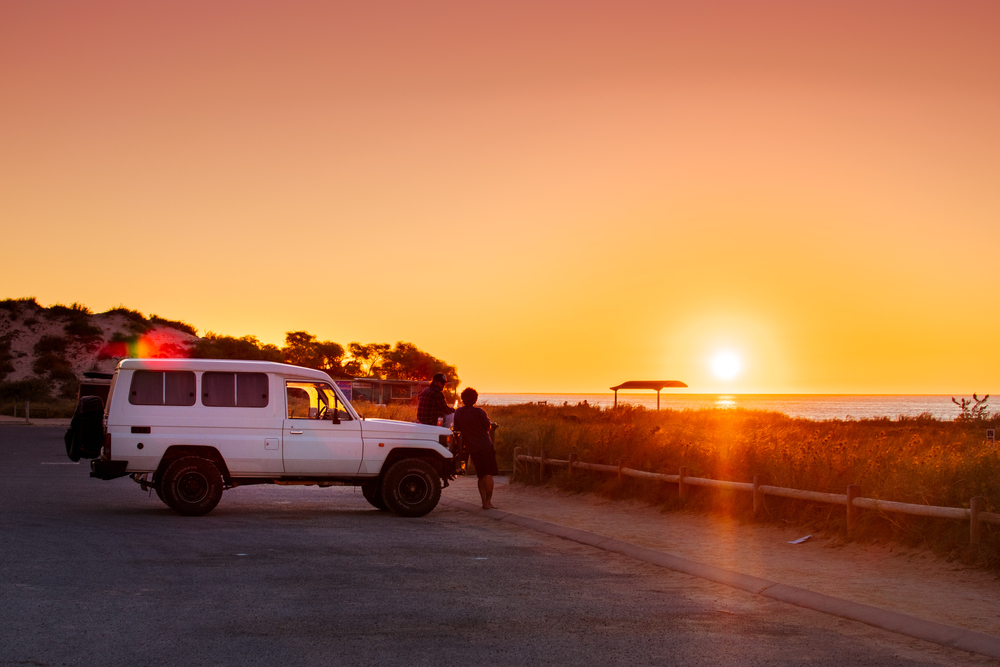
- Australia’s official tourism website:
https://www.australia.com/en/explore.html
- Police, Fire, Ambulance: 000
- State-by-state Roadside Assistance Numbers:
NRMA Roadside Assistance: 13 11 22
RAA Roadside Assistance: 13 11 11
Allianz Roadside Assistance: 1800 010 536
Shannons Roadside Assist: 1800 325 104
- You can also call your car rental company:
AVIS: 1-800-352-7900
SIXT: 1 (888) 749 8227
Budget: 800-218-7992
Thrifty: 1-800-283-0898
Hertz: 1-800-654-5060
ACE: (877) 822-3872
Dollar: 800-235-9393
Yesaway: 1 424-800-4990
